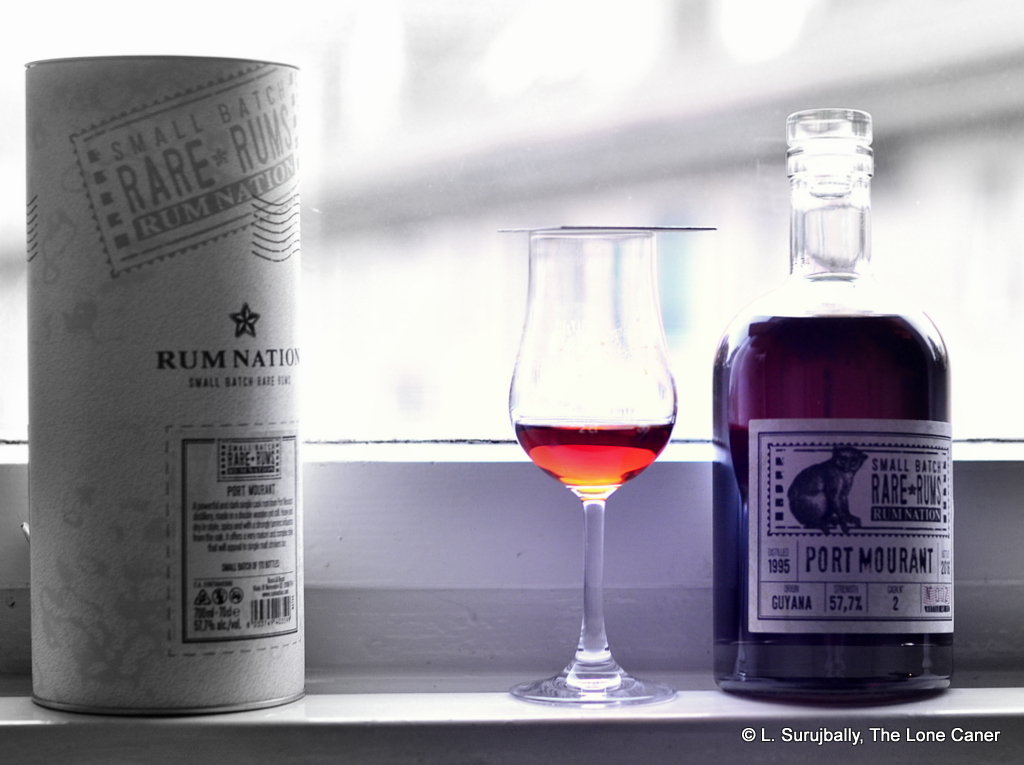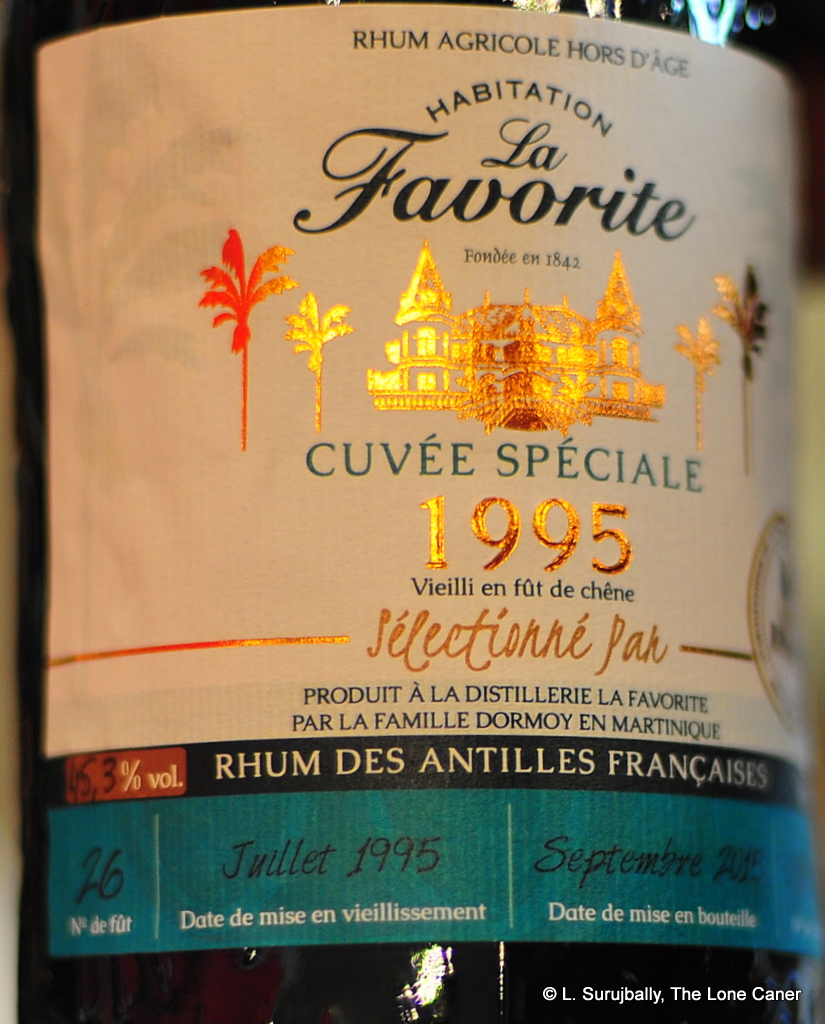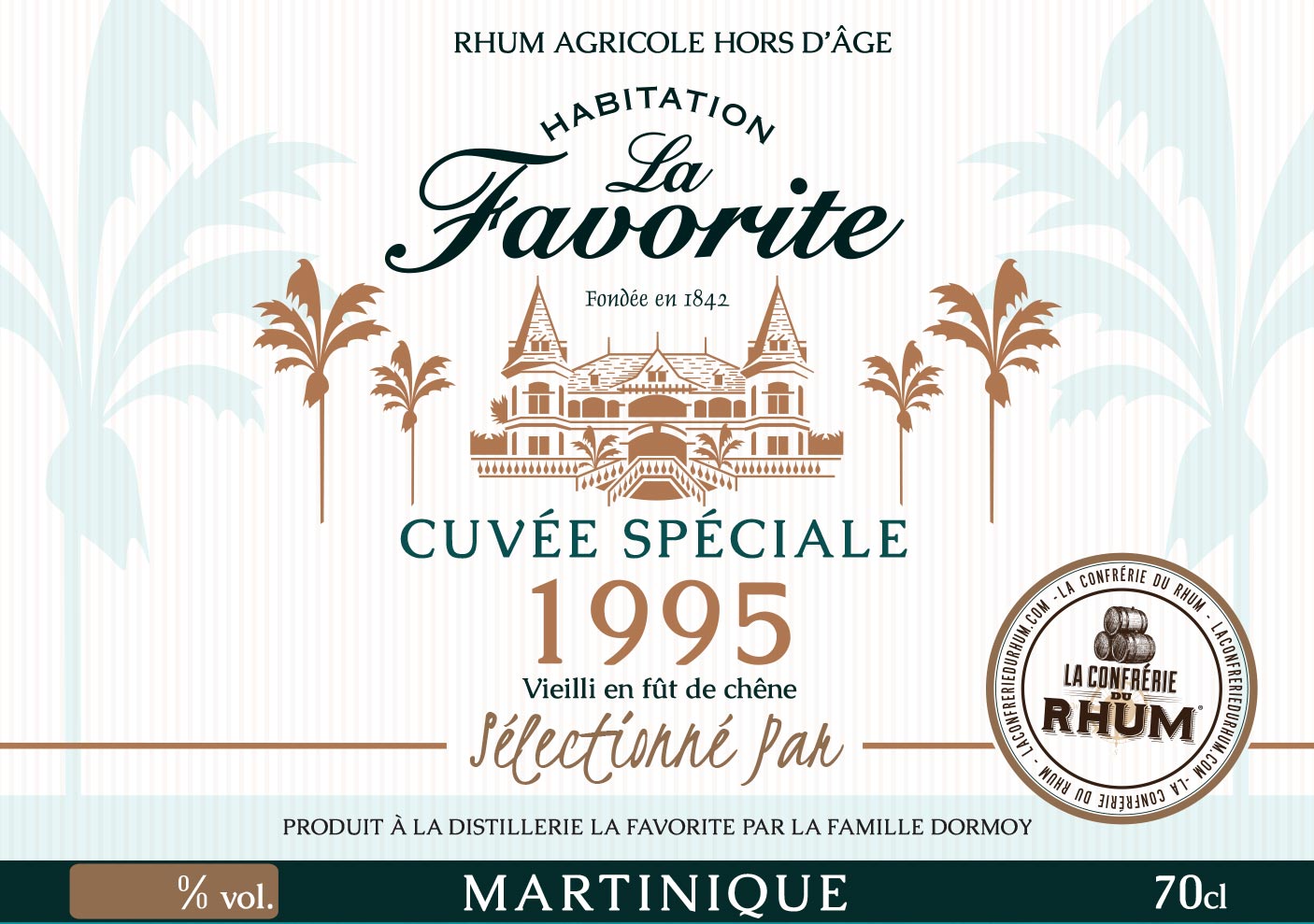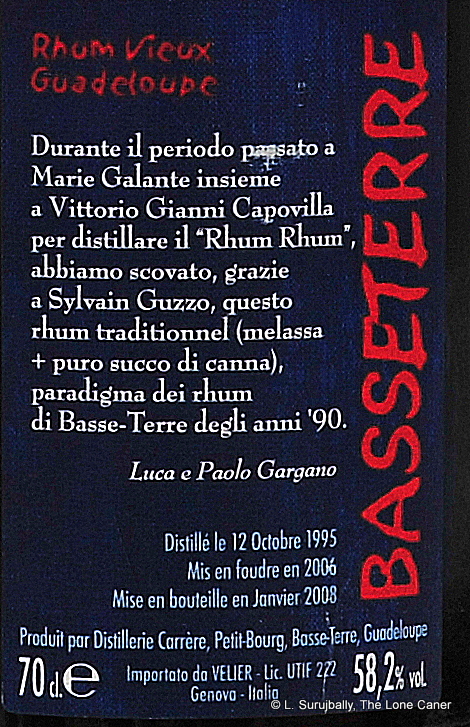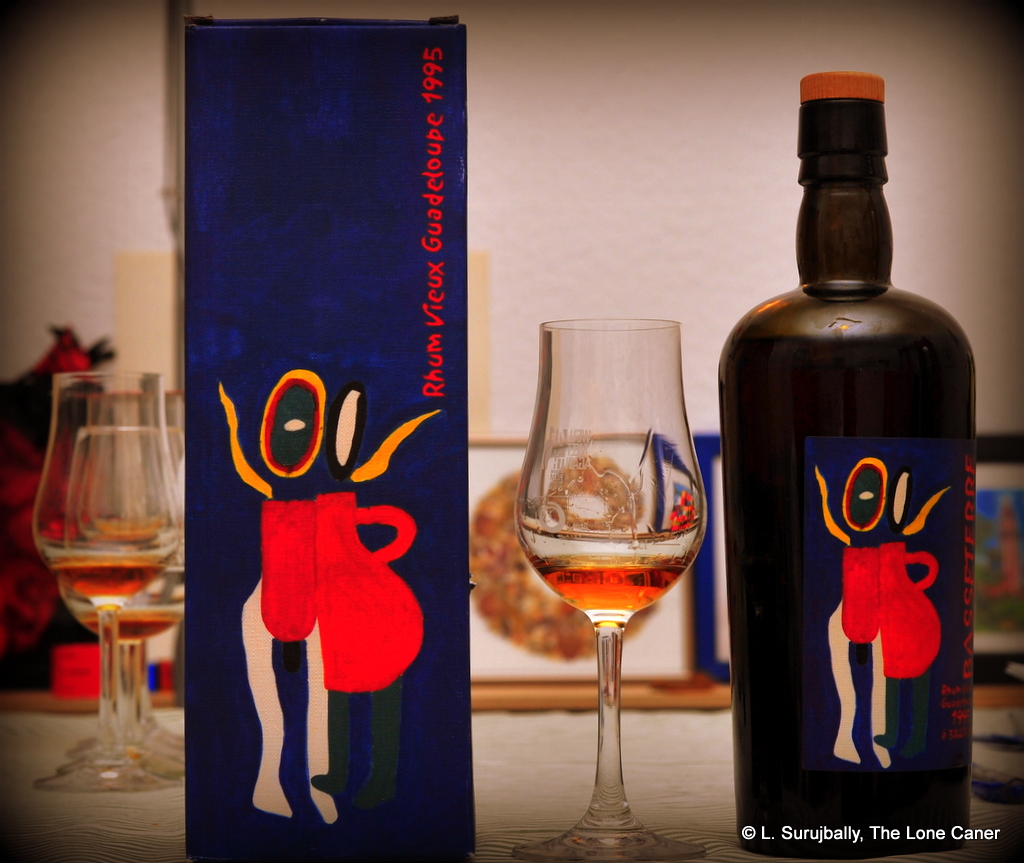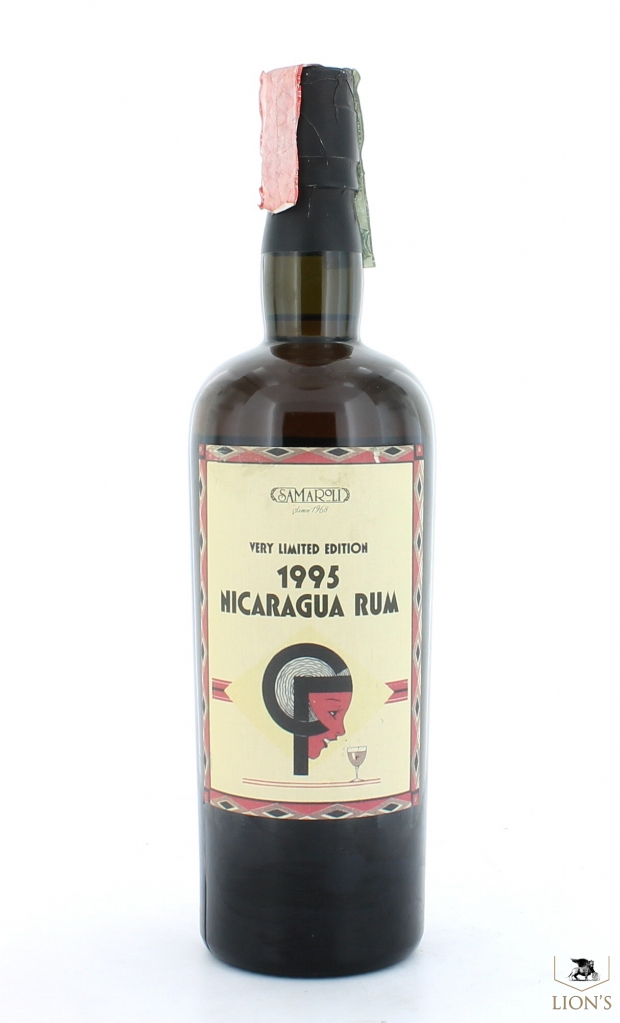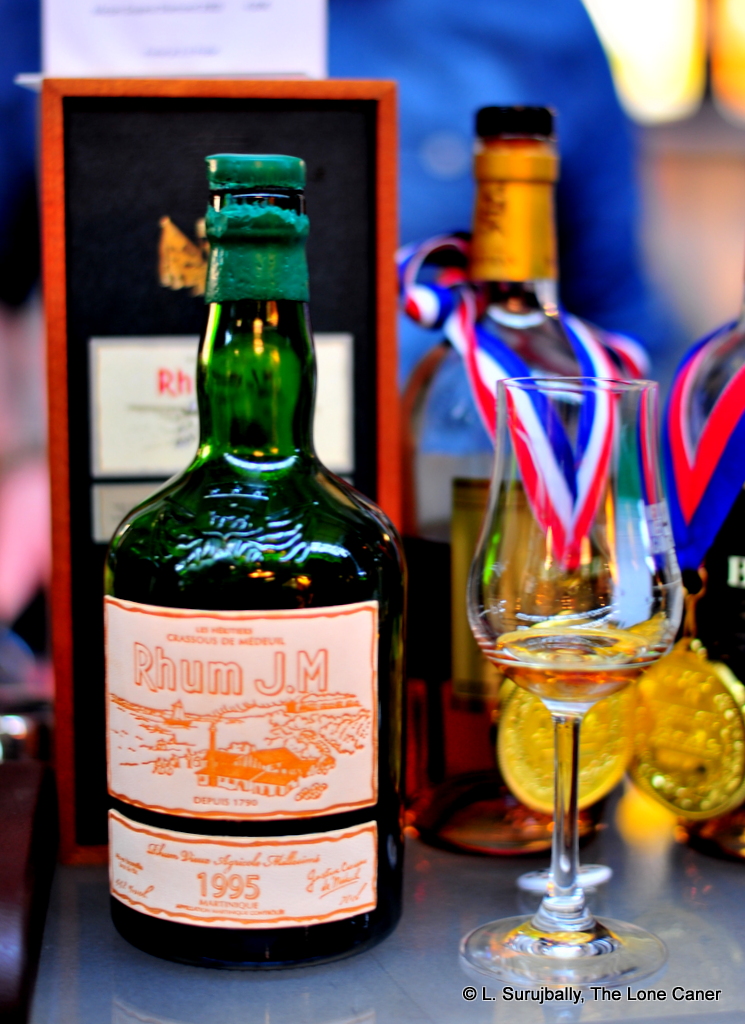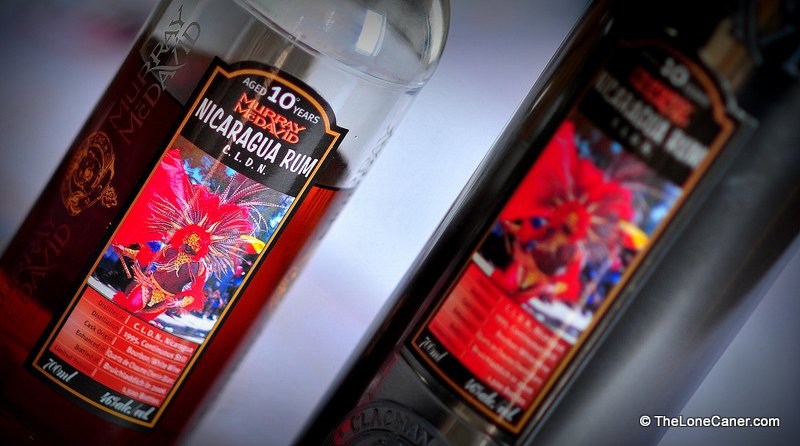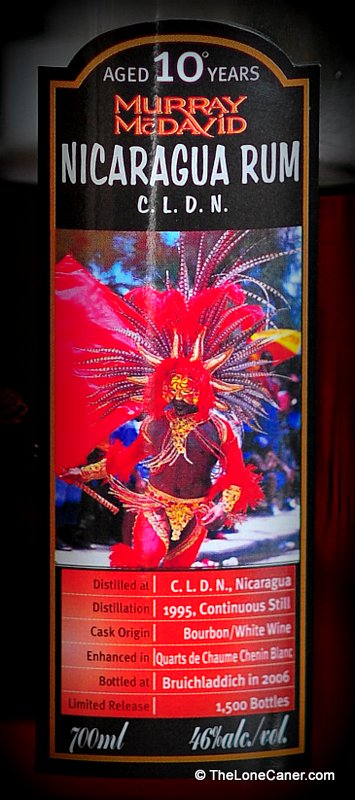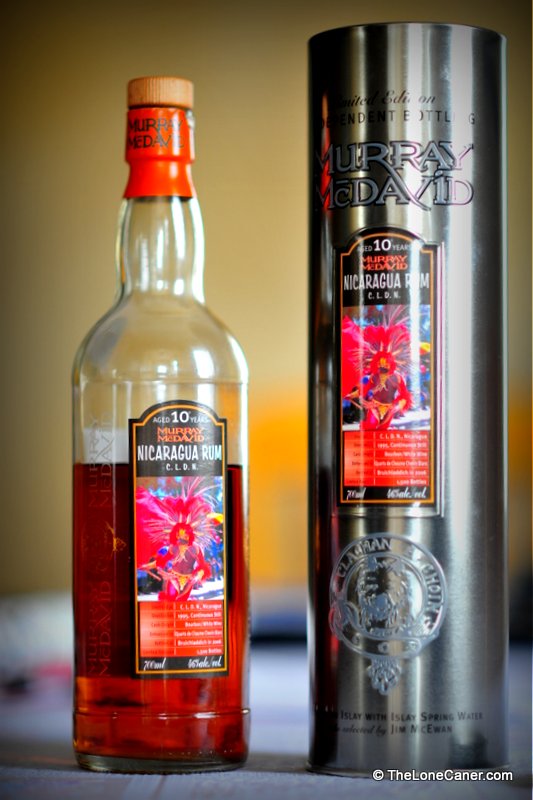 More than a few rums of Secret Treasures’ “classic” era with those distinctive labels, were all bottled in the year 2003. When we consider that for years – decades, actually – the original owner of the brand, Fassbind, had been making grappa, schnapps and other spirits, then it’s not too surprising to consider that when they first went into rums, they didn’t mess around with a single barrel bottling, but picked up a number of casks all at the same time and released them simultaneously. So far I can’t find any references to rums from ST released prior to 2003 so I think we can reasonably date the inception of their rum line to that year.
More than a few rums of Secret Treasures’ “classic” era with those distinctive labels, were all bottled in the year 2003. When we consider that for years – decades, actually – the original owner of the brand, Fassbind, had been making grappa, schnapps and other spirits, then it’s not too surprising to consider that when they first went into rums, they didn’t mess around with a single barrel bottling, but picked up a number of casks all at the same time and released them simultaneously. So far I can’t find any references to rums from ST released prior to 2003 so I think we can reasonably date the inception of their rum line to that year.
The biography of the company is reprinted below the review, and I’ll simply provide the basic details: this is a WIRR (or WIRD) rum, with the type of still not mentioned (see Other Notes, below) in 1995, on the island of Barbados. The ageing location is also unknown – Secret Treasures has noted for some others in this series, that they bought barrels that had been aged in situ, but that’s not enough for me to make the claim for this one. Oh and it was reduced down to 42% ABV, which was in line for the period, where producers were nervous about going higher at a time when standard strength was all distributors were often willing to accept (both Richard Seale and Luca Gargano faced this problem with many of their very early releases).
Therefore, what we have here is an interesting rum from the recent past which is something of a curiosity – too “young” to warrant the archaeological excitement of a truly old rum from forty or more years in the past, yet not current enough to be eagerly snapped up by today’s Barbadian fanboy. In fact, it’s kind of fallen through the cracks.
Can’t say I blame them. The rum is no great shakes. The nose is good enough – in fact, it could be argued it’s the best part of the experience – a little flowery, nutty, nice background of a caramel milk shake. I liked the spices coiling gently around stronger aspects of the profile, mostly vanilla, cumin and masala. There’s a touch of lemon peel, a little glue and acetones, light fruits – pears, papayas, mangoes, ripe oranges. Nothing outstanding, just a nice, solid nose.
To taste, it’s warm, an easy drink. For today’s more seasoned palate, it is, in fact, rather thin…almost unappetizing. I think there may be some licorice here, but it’s so faint I can’t be sure. Crushed walnuts, molasses, cereals, caramel, nougat. Some whipped cream over a dialled down fruit salad with the flavours leached out. The crispness of some apples and green grapes mixing it up with the blandness of bananas, watery pears and papaya, and believe me, that’s pushing it. Finish is completely meh. Short, warm, redolent of grapes, papaya, and a touch of the spices but the vanilla, molasses, pineapple and other tart notes is pretty much gone by this stage.
As with most rums predating the current renaissance, which almost all need a bit more boosting to reach their full potential, I believe that the flaccid strength is the undoing of this rum for the modern aficionado. The nose is fine – faint, but at least clear and discernible – and it’s all downhill to near-nothingness from there. But I say that from my perspective, and those who have always stayed with the 40% rums of the world will find less to disappoint them, though I would suggest the rum retains some of that Goldilocks’s Little Bear characteristic of Barbadian rums in general. At the time it was made, neat sipping was less the rage than a good mixed drink in which rums were not permitted to have too much character of their own, so that might account for it.
Secret Treasures has never really been a huge mover and shaker on the indie rum scene. They have almost completely dropped out of sight (and weren’t that well known even before that), stay in small markets with their current blended rums, and the promise of their initial single cask bottlings is long gone. If it wasn’t for long-ignored old and mouldy reviews (including this one, ha ha, yeah you can sit back down there in the peanut gallery, fella), I doubt anyone would remember, know, or much care. But in a way I wish they had stuck with it. There’s interest out there for such things and while their selections were never top tier, consider that so many releases all took place in the early 2000s, at the same time as Velier’s and Rum Nation’s first bottlings, preceding 1423, the Compagnie, L’Esprit and all those others making waves in 2021. Even if they aren’t that well regarded now, I argue that for history and remembering the first indies, it’s occasionally useful and informative to try one just to see how the world has turned, and dammit, yes, drink it for nostalgia’s sake alone, if the other reasons aren’t enough.
(#821)(80/100)
Other notes
- A bottle of this went for £50 on Whisky Auction website in September 2018.
- Outturn was 1258 bottles, from three casks
- The still: it’s not mentioned on the bottle or Haromex’s website. It tastes, to me, like a pot-column blend, not aggressive enough for the pot, not light and easy enough for pure column. Amazon’s German site refers to it being pot still, but that is the the only such extant reference (it was confirmed that there was an operational pot still at WIRD in 1995). No other source mentions the still at all (including Wikirum and RumX). We’ll have to take it as unanswered for now
Historical background
Initially Secret Treasures was the brand of a Swiss concern called Fassbind SA (SA stands for Société Anonyme, the equivalent to PLC – the wesbite is at www.Fassbind.ch) — who had been in the spirits business since 1846 when when Gottfried I. Fassbind founded the “Alte Urschwyzer” distillery in Oberarth to make eau de vie (a schnapps). He was a descendant of Dutch coopers who had emigrated to Switzerland in the 13th century and thus laid the foundation for what remains Switzerland’s oldest distillery.
They make grappa, schnapps and other spirits and branched out into rums in the early 2000s but not as a producer: in the usual fashion, rums at that time were sourced, aged at the origin distillery (it is unclear whether this is still happening in 2021), and then shipped to Switzerland for dilution with Swiss spring water to drinking strength (no other inclusions). In that way they conformed to the principles of many of the modern indies.
Fassbind’s local distribution was acquired in 2014 by Best Taste Trading GMBH, a Swiss distributor, yet they seem to have walked away from the rum side of the business, as the company website makes mention of the rum line at all. Current labels on newer editions of the Secret Treasures line refers to a German liquor distribution company called Haromex as the bottler, which some further digging shows as acquiring the Secret Treasures brand name back in 2005: perhaps Fassbind or Best Taste Trading had no interest in the indie bottling operation and sold it off as neither Swiss concern has any of the branded bottles in their portfolio.
Certainly the business has changed: there are no more of the pale yellow labels and sourced single barrel expressions as I found back in 2012. Now Secret Treasures is all standard strength anonymous blends like aged “Caribbean” and “South American” rum, a completely new bottle design and the Haromex logo prominently displayed with the words “Product of Germany” on the label.
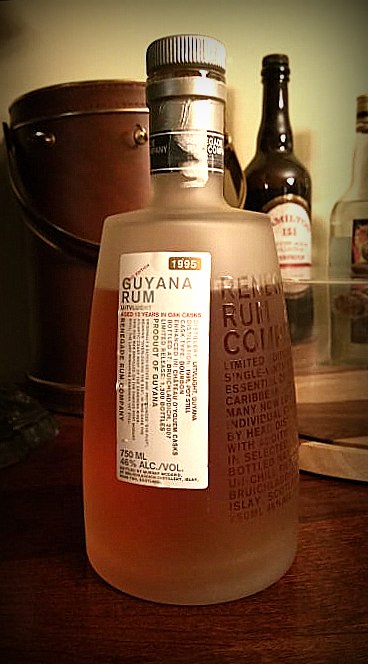
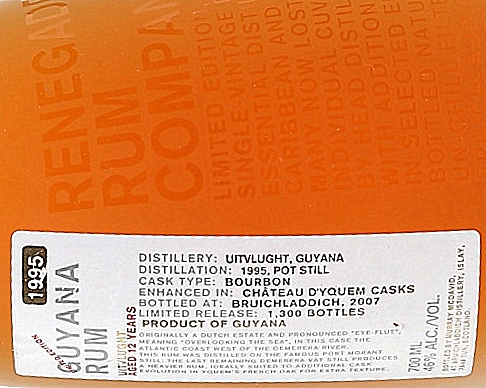
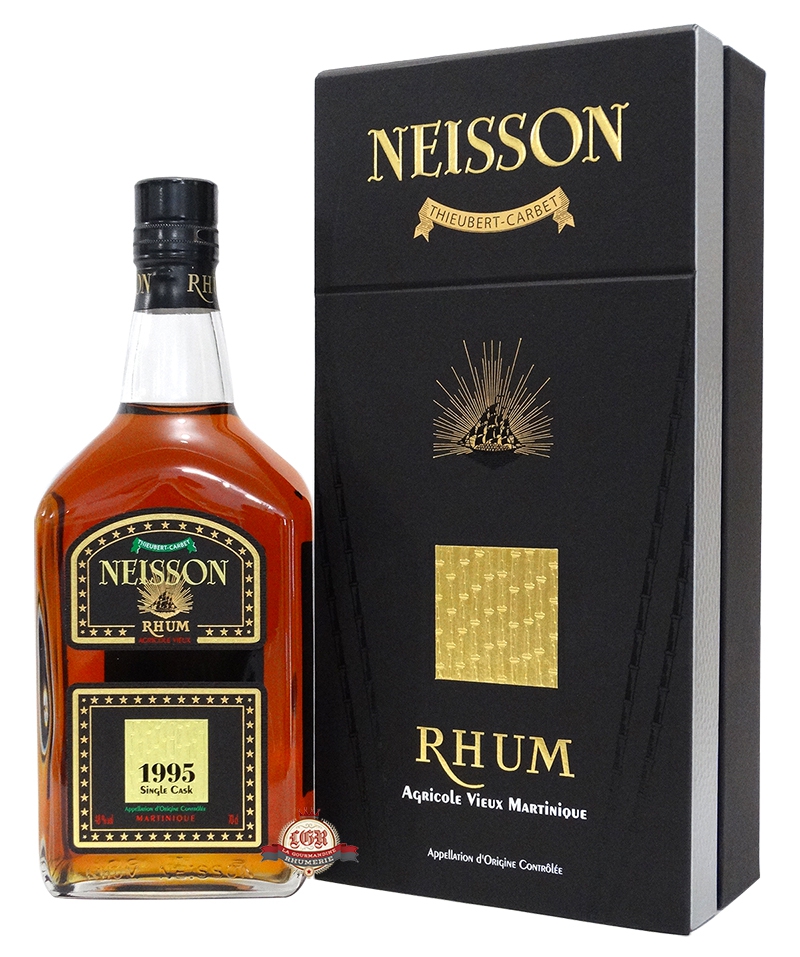 Rumaniacs Review #071 | 0484
Rumaniacs Review #071 | 0484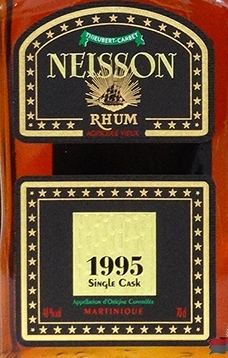 Palate – Thrumming and deeply vibrant rhum, one wonders how they wrung such depth out of a “mere” 48% – however, I’m not complaining. Dark and hot black tea. Ripe apricots, overripe mangoes, honey, cherries, wound about and through with citrus peel. Also some anise, coca cola (odd, but there you are). Dill, sage, a flirt of mint, grass, a faint wine-y tone and yes, there’s a whiff of chocolate as well.
Palate – Thrumming and deeply vibrant rhum, one wonders how they wrung such depth out of a “mere” 48% – however, I’m not complaining. Dark and hot black tea. Ripe apricots, overripe mangoes, honey, cherries, wound about and through with citrus peel. Also some anise, coca cola (odd, but there you are). Dill, sage, a flirt of mint, grass, a faint wine-y tone and yes, there’s a whiff of chocolate as well.